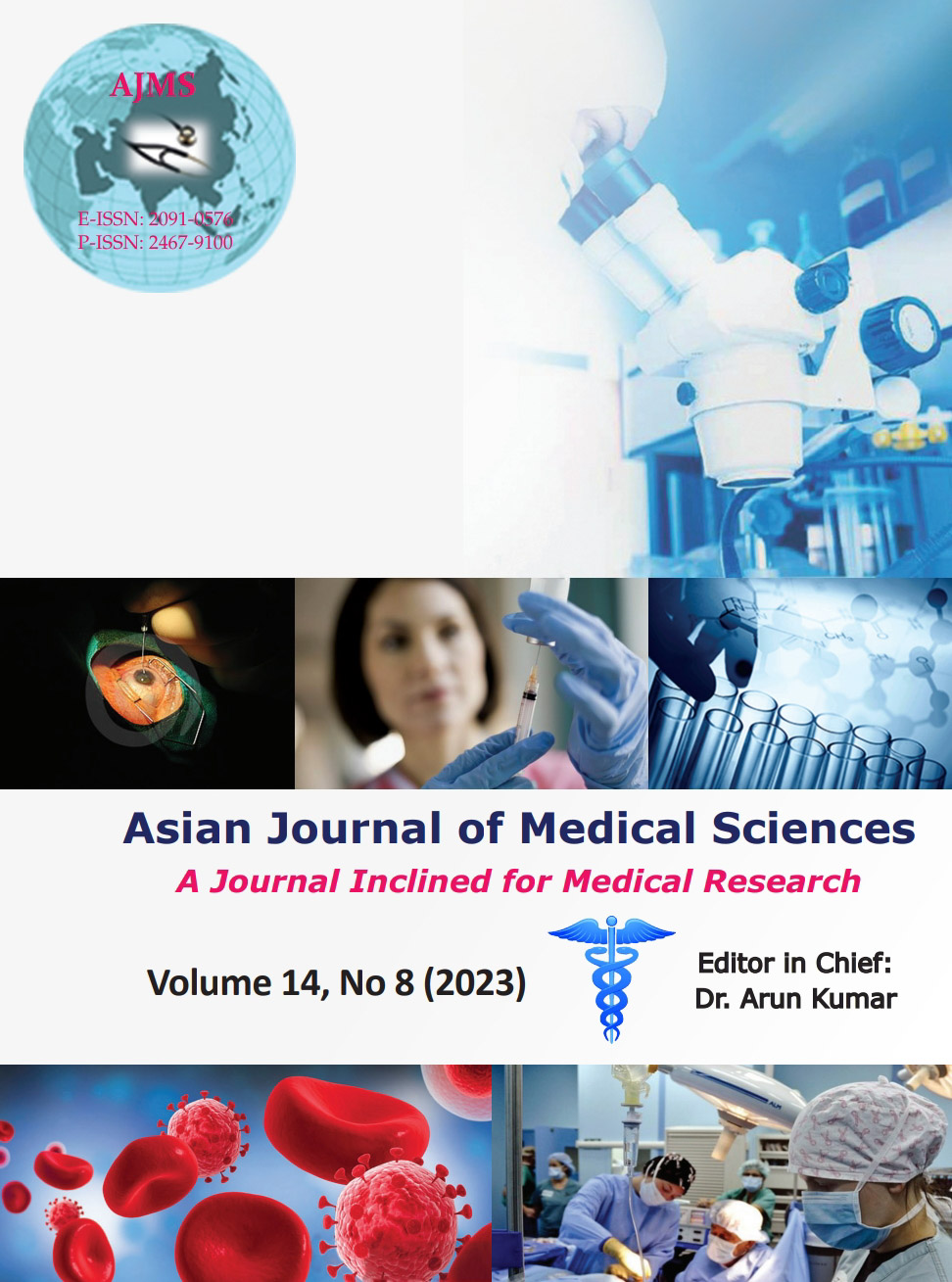CASS – A cost-effective strategy in the management of blunt trauma abdomen
Keywords:
Abdominal injuries; Hemoperitoneum; Computed tomographyAbstract
Background: Abdominal trauma is one of the leading causes of morbidity and mortality in both developing and developed countries. Management of blunt trauma abdomen (BTA) relies on most importantly, the clinical presentation of the patient.
Aims and Objectives: This study aims at determining the accuracy of the clinical abdominal scoring system (CASS) in predicting the need for operative management of blunt abdominal trauma patients and also comparing the CASS score with the American association for the surgery of trauma – computed tomography (AAST CT) score.
Materials and Methods: A total of 50 patients with BTA presenting to the Government tertiary care center Mysore were evaluated for age, sex, type of trauma, systolic blood pressure, Glasgow coma scale, pulse rate, time of presentation after trauma, abdominal clinical findings, respiratory rate, and hemoglobin concentration. Radiological investigations were done as indicated. CASS score was calculated and a comparison of the same with CT findings, in determining the need for laparotomy, was studied. Patients with co-existing head injuries and comorbidities were excluded from the study.
Results: Among 50 cases, 44 were male accounting for 88% of the study population and 6 were female. The majority belonged to 18–30 years of age, accounting for 46%. In 42% of cases, a road traffic
accident was the mode of injury, followed by a fall from height in 4%. Latent period 52% of cases presented to the hospital between 0 and 6 h of the incident. 10% associated chest injuries. 42% showed splenic injury, thereby making it the most commonly injured organ. 28% had the liver injury. 28% had hemoperitoneum with source of bleed being unknown.
Conclusion: CASS is a reliable and promising scoring system with sensitivity comparable to AAST CT grading in determining the need for surgical intervention in BTA patients. CASS provides an effective means of saving time and resources and gives the added advantage of avoiding expenses to underprivileged patients in our country.
Downloads
Downloads
Published
How to Cite
Issue
Section
License
Copyright (c) 2023 Asian Journal of Medical Sciences

This work is licensed under a Creative Commons Attribution-NonCommercial 4.0 International License.
Authors who publish with this journal agree to the following terms:
- The journal holds copyright and publishes the work under a Creative Commons CC-BY-NC license that permits use, distribution and reprduction in any medium, provided the original work is properly cited and is not used for commercial purposes. The journal should be recognised as the original publisher of this work.
- Authors are able to enter into separate, additional contractual arrangements for the non-exclusive distribution of the journal's published version of the work (e.g., post it to an institutional repository or publish it in a book), with an acknowledgement of its initial publication in this journal.
- Authors are permitted and encouraged to post their work online (e.g., in institutional repositories or on their website) prior to and during the submission process, as it can lead to productive exchanges, as well as earlier and greater citation of published work (See The Effect of Open Access).




